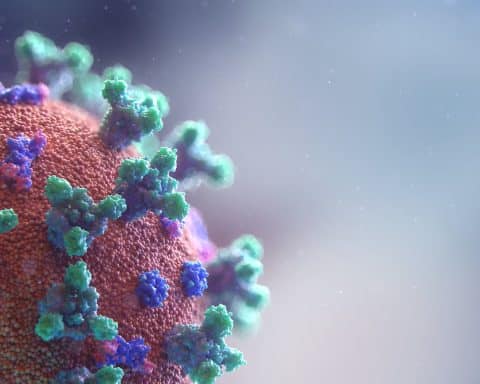
“Facts are stubborn things, but statistics are pliable.” Mark Twain.
I have never been much of a fan of social media. Recently, however, I have been writing quite a bit and was advised by friends that it would be a good idea to have a Twitter account. I eventually decided to give it a go and opened an account. To my amazement the number of people following me exploded by 100% within 24 hours. Now, I was never such an impressive writer and nothing really exploded, but rather, it was more of a whimper as the numbers increased from one to two.
Numbers themselves have no voice. They stare at us from the page like an indisputable fact. We, however, give them meaning depending on how we interpret them and how we prefix them with words such as exploded or disappointing. Thus, using indisputable numbers we can twist the narrative to suit the point we want to make.
Using numbers we can twist the narrative.
This pandemic has been all about numbers. We were recently told by the Chief Medical Officer that, if left unchecked, in a few weeks we could be seeing 50000 cases of Covid-19 a day. That would be an impressive 900% increase from the maximum number of cases we were seeing at the peak in April. This was obviously due to the lack of availability of mass testing in April and the true numbers were likely to have been much higher then. We were also told that if there are 50000 cases a day we are likely to see approximately 200 deaths a day by mid-November. This, however, would be an impressive 80% reduction in the number of deaths we were seeing at the peak in April. This, I suppose, has been calculated from a 0.5% mortality rate of the virus. Since we were getting around 1000 deaths day in the April peak, working backwards, we can assume that the true number of cases in a day were around 200000. It is easy to see how, using the same numbers, a case could be made for a better controlled situation or a rapidly deteriorating one.
The numbers take on a life of their own in the hands of politicians. On a recent radio interview Matt Hancock was asked about the false positive rate (FPR) of the Covid test in the community. He confidently replied that it was less than 1% which implied that less than 1% of the test results were false positives. This is, however, not true and belies a basic understanding of what the FPR is. If 1 in 1000 people tested have the virus and a test has an FPR of 1% then the test will pick up the 1 true positive and 10 (1% of 1000) false positives. So amongst the 11 people testing positive only 1 would have the disease (in this scenario 91% of those testing positive would not have the disease; not 1% as the Health Secretary suggested). Most people listening on the radio would have been none the wiser as to what had gone on.
Numbers… do not tell the story of the human beings and their lives behind them.
In the US, during election year, the rhetoric has been embellished further along political lines. The two main camps have been so divided that the narrative oscillates violently between the whole thing being a conspiracy on one side and the death rate being “apocalyptic” on the other. Healing the divide and getting to grips with the situation becomes harder when both sides become entrenched and use the numbers to support their own argument.
In the end the numbers are just that: numbers. They do not tell the story of the human beings and their lives behind them. But they remain the only way to make sense of the madness around us. As the numbers increase they take on varying interpretations of their own. The higher the number, the less connected we feel to the stories and lives behind them. Perhaps it was because of this that Joseph Stalin is purported to have said “A single death is a tragedy, a million deaths is a statistic”.
Featured photo by Chris Liverani on Unsplash








